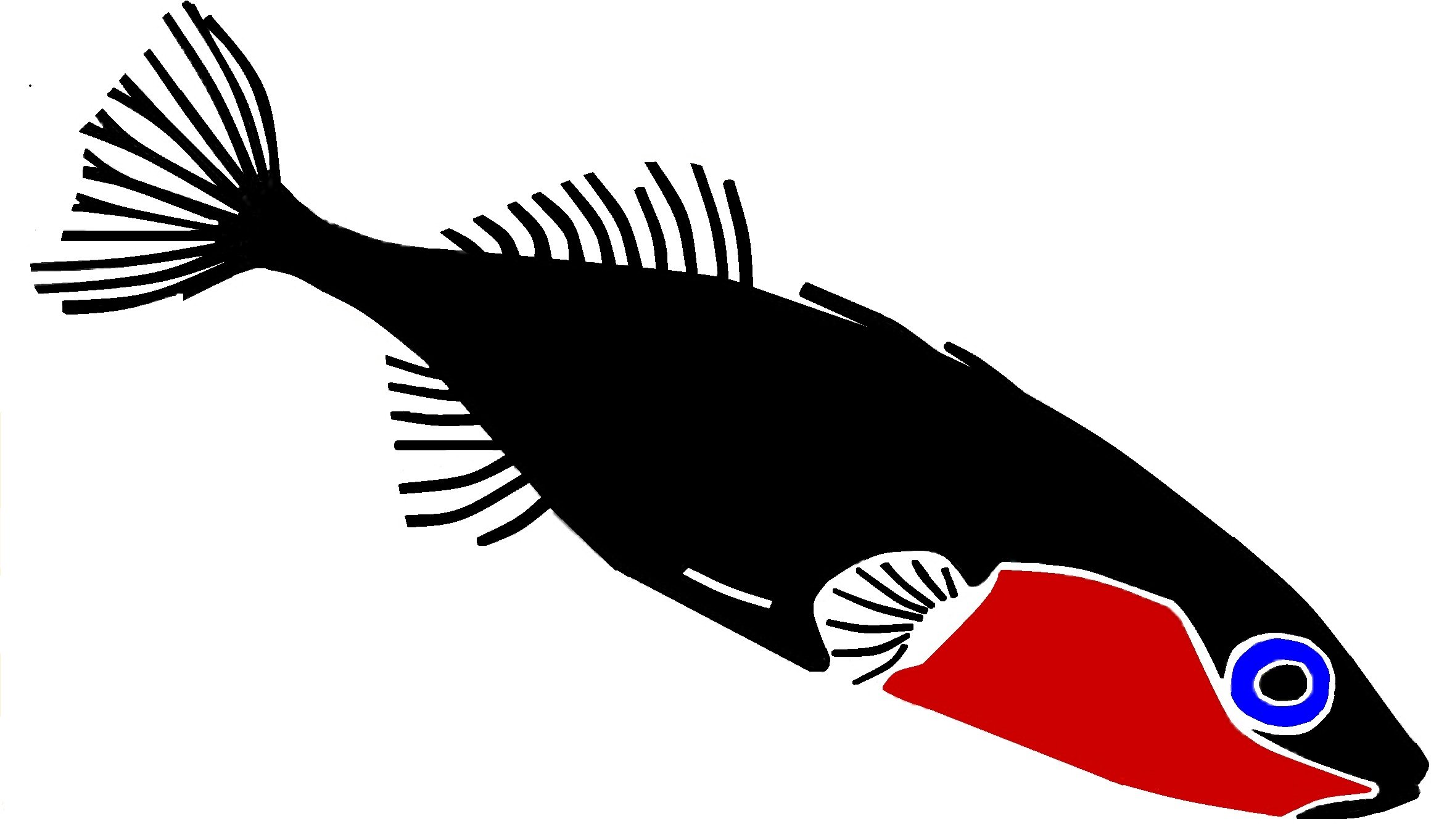Science
The Clyde River Foundation takes a catchment-wide approach to its scientific programme, with an emphasis on long-term monitoring to benefit management and conservation objectives. We aim to provide high quality scientific data to inform and support local fisheries management and national initiatives. We promote the River Clyde system as natural laboratory for teaching and research, which has the dual benefits of improving our understanding of the catchment and fulfilling our education objectives. We offer our services commercially to inform management and development, and all profits generated go towards supporting the Foundation’s work to care for the River Clyde. Please call 0141 330 5080 or email admin@clyderiverfoundation.org if you would like more information about any of our services.
Our main areas of scientific activity are:
Fishery research
Fish communities have been surveyed by electrofishing and netting as part of a long-term monitoring programme. Electrofishing data are collected to the industry-standard protocols devised by the Scottish Fisheries Co-ordination Centre (SFCC). Our fieldwork is carried out by Clyde River Foundation staff and volunteers from local angling clubs, all of whom are appropriately trained. We now have considerable fisheries data covering a large part of the catchment.
Invertebrate monitoring
To further our understanding of the River Clyde catchment we study environmental quality using benthic macroinvertebrates as indicators of water quality. Since spring 2005 we have accumulated macroinvertebrate data from a number of sub-catchments. In 2013 we started the Clyde Riverfly Monitoring Partnership (CRIMP), a citizen science project involving monthly invertebrate sampling across the Clyde catchment.
Habitat surveying
We have an ongoing habitat surveying programme which identifies the quantity and quality of fish habitat, the locations of barriers to fish migration, sources of pollution and the distribution of invasive non-native species.
Invasive non-native species (INNS) research
Many non-native species exist in our ecosystems without having any adverse effects on the environment. Invasive non-native species (INNS) have a negative impact on biodiversity by displacing or preying upon native species, by destroying habitats or by introducing new diseases or parasites. Our INNS research includes work on the American signal crayfish, European bullhead, invasive plants and invasive Gammarus species. You can learn more about our Biosecurity Plan here.
INNS identification and Check, Clean, Dry
